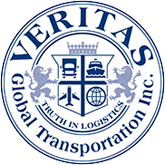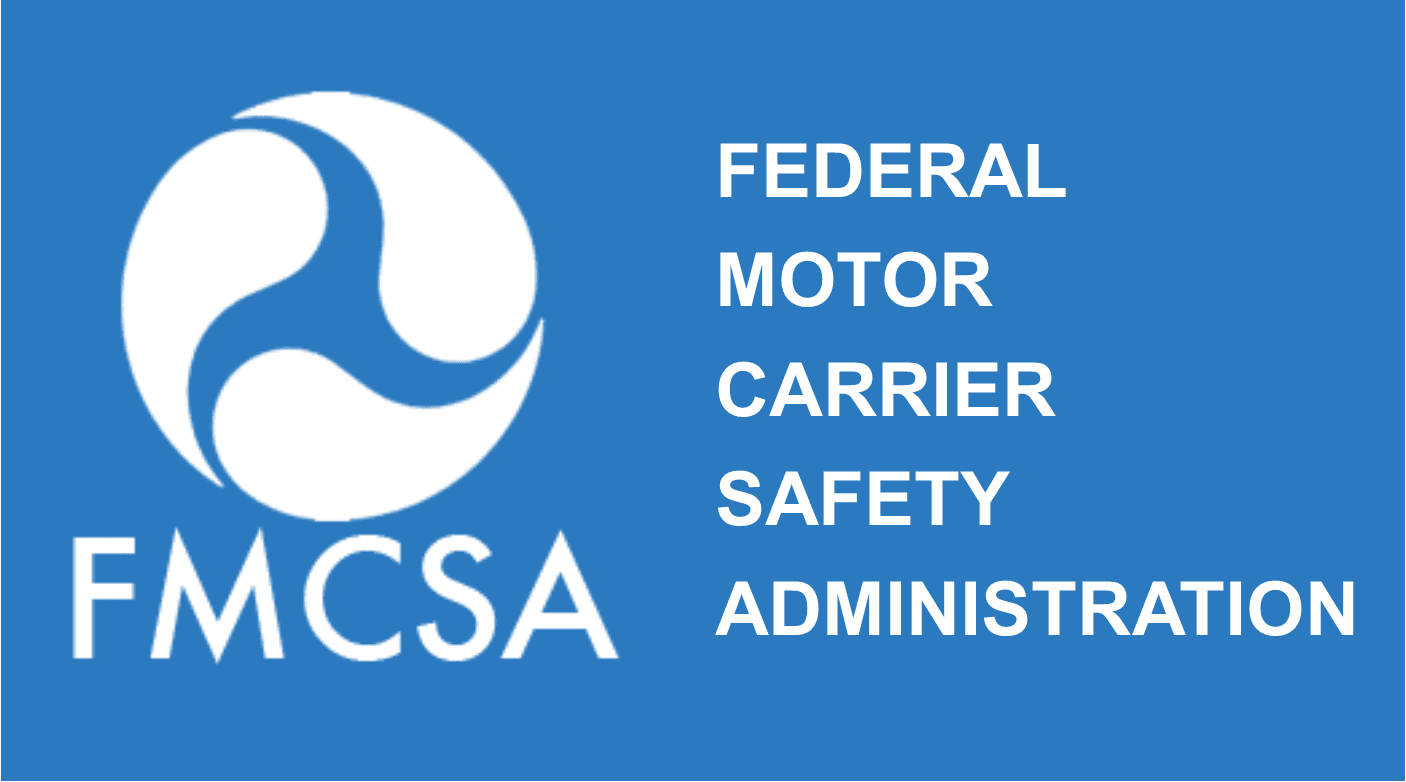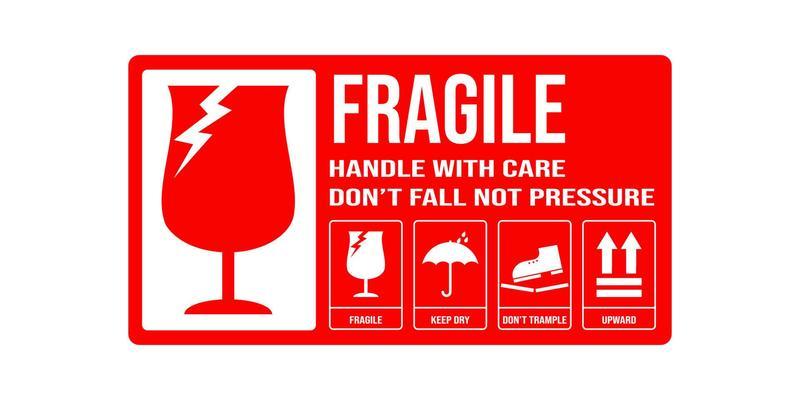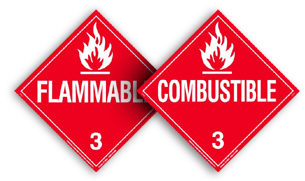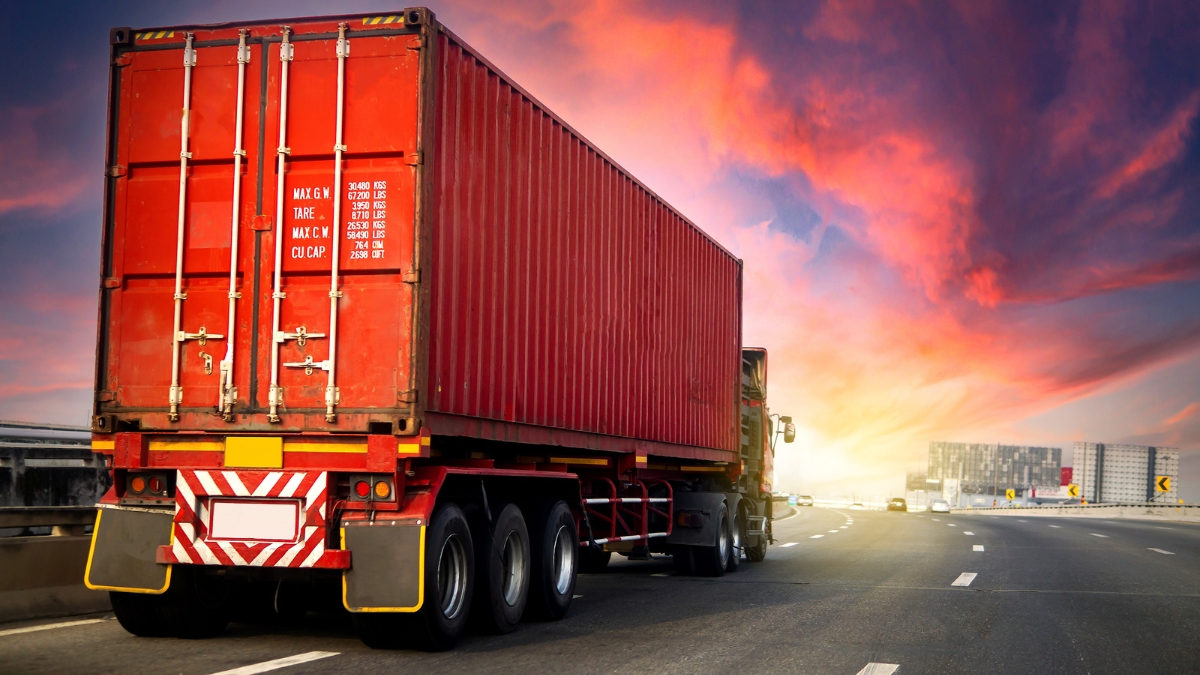Welcome to part three of our dangerous goods series!
Today, we’re discussing how to ship dangerous goods by Land Freight in the United States.
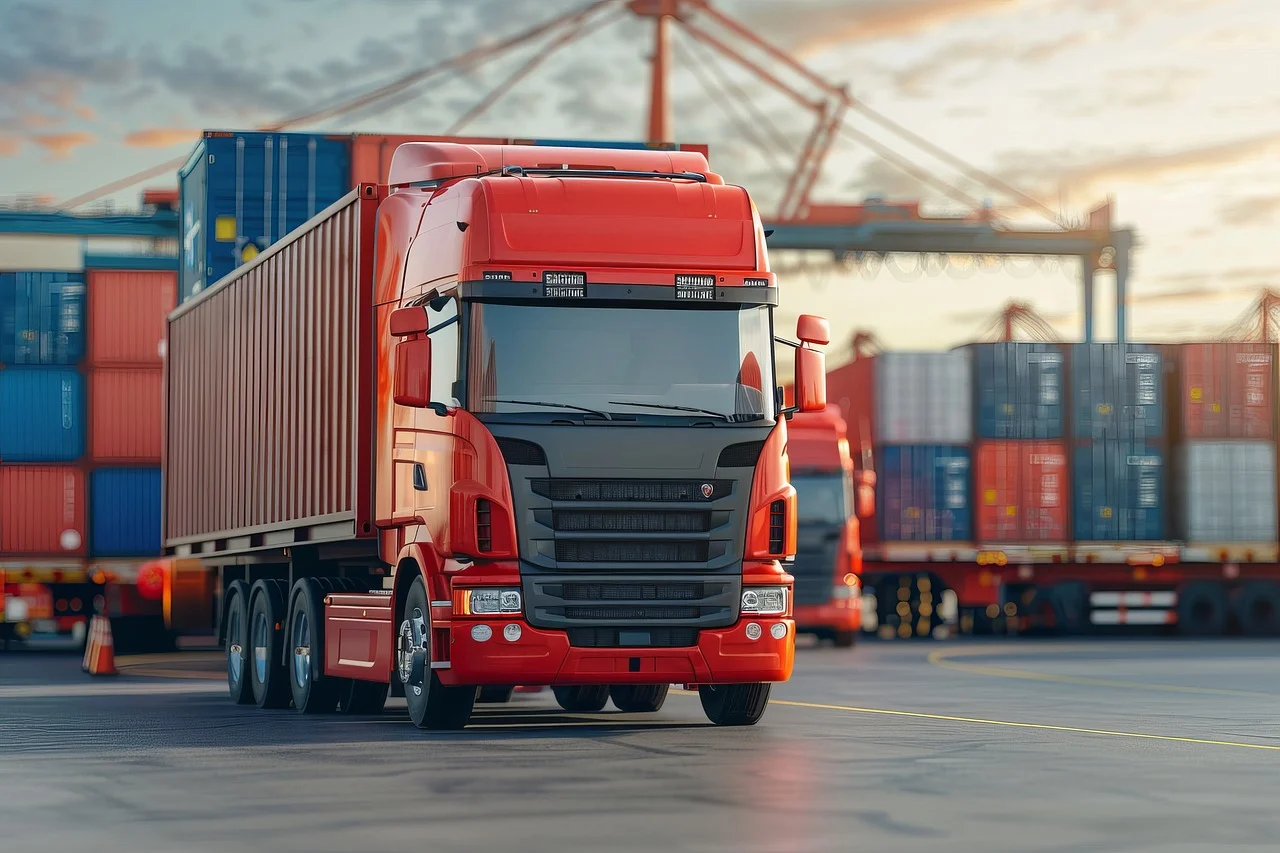
Land Freight is in America’s backyard. In this article, let’s break down how to safely and efficiently transport dangerous goods via truck.
*Please be advised that this article will only cover land freight regulation in the United States. Other countries have different regulations according to their respective governments, so please research the laws of other countries before shipping your dangerous goods via land freight in their backyards. *
Right! Now that we’ve laid the groundwork let’s dive in!
FMCSA and PHMSA
The United States Department of Transportation has designated two agencies to regulate hazmats for Land Freight: the Federal Motor Carrier Safety Administration (FMCSA) and the Pipeline and Hazardous Materials Safety Administration (PHMSA).
Besides the fact that these agencies have long names and equally troublesome acronyms to go with them, they are the leading authorities on dangerous goods transportation in the United States.
While FMCSA’s role focuses broadly on road transportation safety as a whole, PHMSA specifically targets the transportation of hazardous goods in the United States by both Land and Rail Freight. However, both play critical roles in the development and implementation of dangerous goods regulation in the United States.
For all hazardous shipments, please always consult these respective departments for complete regulatory instructions. Remember, our role is critical in keeping Americans and America safe.
But enough of the preliminaries. Let’s dive into regulation, beginning with the age-old devils of hazardous shipping…
Packaging and Labeling
Packaging
FMCSA regulations on just about everything Hazardous come directly from Title 49 of the Code of Federal Regulations.
Packaging is the first step in ensuring your shipment stays safe and keeps others safe during transit. Hazardous goods packaging is so important, in fact, that there are entire branches of packing companies that specialize in packaging for Dangerous Materials.
We would recommend DGM. Not only do they provide expert service in packaging, but they also provide dangerous good training courses for those who want to walk on the wild side.
You can find their website here. (Insert DGM Link)
Labeling
Labeling is the second most important step in safely transporting your hazardous material. It tells the random Joe handling your cargo that it’s dangerous. It keeps him safe and insurance companies happy.
The iconic hazardous label looks something like this:
I’m sure you’ve seen it before. Hazardous good labels for Land Freight are not very different from those for Ocean and Air Freight.
Still, when it comes to dangerous goods, details matter. Title 49 breaks down label regulation into three important keys…
- The labeling must be on a non-removable component of the packaging.
- The label must be in an unobstructed area.
- The label must contain the UN classification number, along with any further identifying numerals.
- The labels must be stamped, embossed, burned, printed, or otherwise marked to be easily read and understood.
When it comes to labeling, Title 49 is a wonderful resource that breaks down every single regulation for hazardous material marking, probably in the universe. Please check it out for yourself to make sure you’re complying with laws that help keep people and the planet safe!
Now, without further ado, let’s discuss…
Documentation
Title 49 of the United States Code of Federal Regulations sets out very clear rules regarding hazardous goods documentation. Documents convey crucial information to the carrier about your dangerous good, including its classification.
The main document for Land Freight would be the Bill of Lading.
However, unlike a BOL for a normal shipment, the dangerous goods BOL must meet higher standards. Its function is essentially the same as a Dangerous Goods Declaration, which is not required for domestic US shipments. The BOL tells the carrier what your dangerous good is and how to handle it. Perhaps most importantly, it assures them that it has been packaged, marked, and labeled according to regulation.
According to Title 49 (Part 172), a hazardous BOL must contain these elements:
- Description of the Hazardous Materials, including class, identification number, and packaging group I, II, or III
- The full complete name of the Hazardous Material (no abbreviations)
- All copies of the BOL must be printed in legible English
- An Emergency Response Telephone Number
- A declaration by the shipper that the hazardous materials have been packaged, marked, and labeled per DOT standards.
Title 49 is particular about this last item. It’s called the Shipper Certification. And it can’t be done in just any old way. They have two specific wordings…
“This is to certify that the above-named materials are properly classified, described, packaged, marked and labeled, and are in proper condition for transportation according to the applicable regulations of the Department of Transportation.”
Or
“I hereby declare that the contents of this consignment are fully and accurately described above by the proper shipping name, and are classified, packaged, marked, and labeled/placarded, and are in all respects in proper condition for transport according to applicable international and national governmental regulations.”
This declaration assures the carrier that you, as the shipper, have taken every precaution to ensure the safe and legal transport of your dangerous goods.
In addition, regulations demand that the shipper retain documents for hazardous shipments for two years after they have been accepted by the carrier. That’s if you’re transporting any old hazardous thingamabob.
If you’re transporting Hazardous Waste, better hold onto those documents for three years. Just in case…
*Remember, every shipment is different, so please consult the regulatory manual to ensure you comply with federal regulations. Our role is critical to keeping our people and planet safe. *
Conclusion
Shipping dangerous goods through Land Freight is not nearly as complicated as its Ocean and Air counterparts. However, it still takes a great deal of detail. Hazardous goods are always dangerous no matter how we ship them via land, air, or sea.
That’s where Veritas Global comes in! Our team of professionals is ready to walk side by side with you to ensure your dangerous goods shipment is a breeze from start to finish.
If you would like to request a quote, you can do so here. We will get back to you as soon as we can.
We offer dangerous goods services for all three primary modes of transport, so don’t hesitate to reach out!
This concludes our three-part series on dangerous goods, what they are, and how to ship them. We hope this has been helpful and insightful.
Let’s keep walking this shipping journey together!
